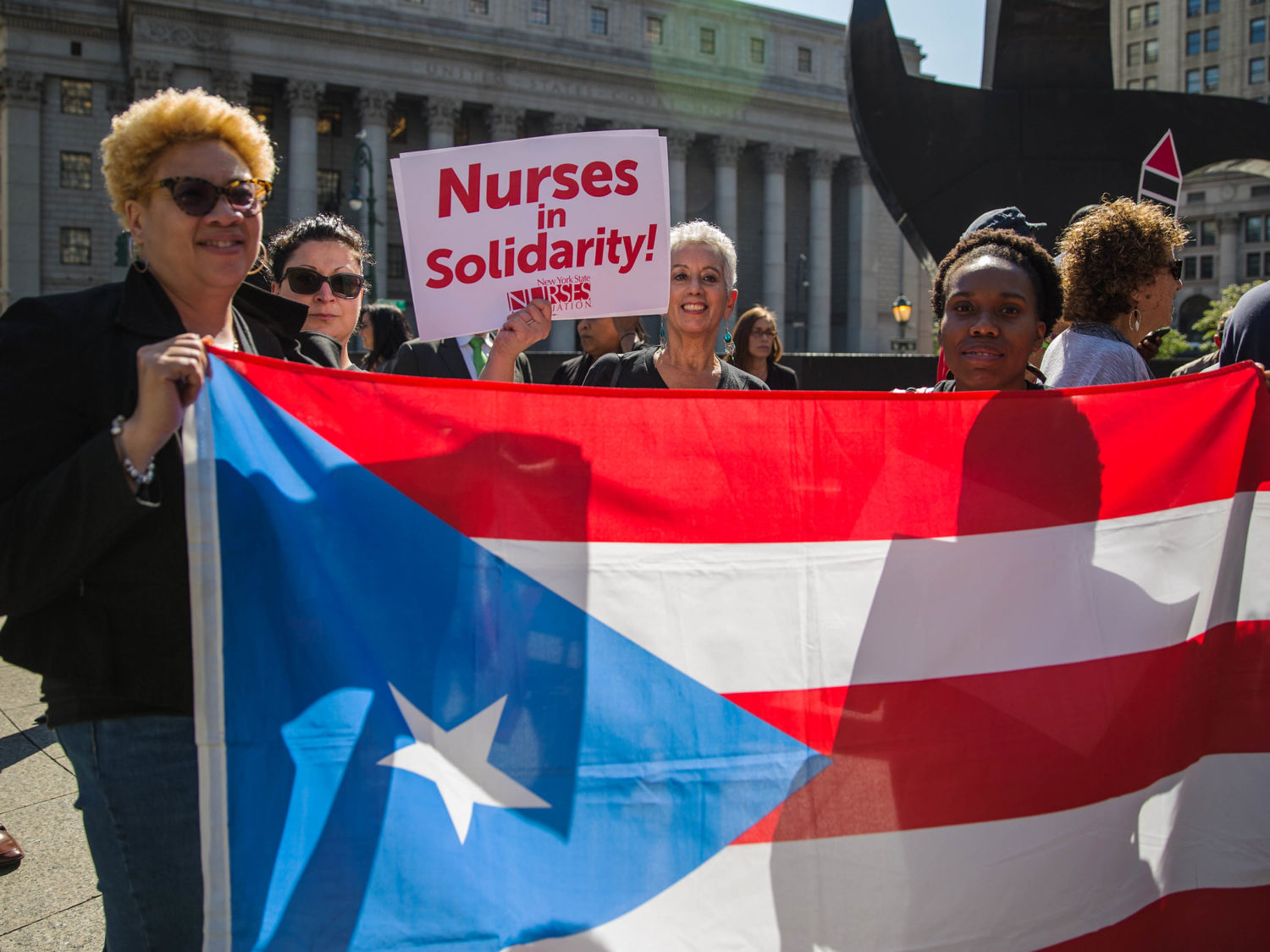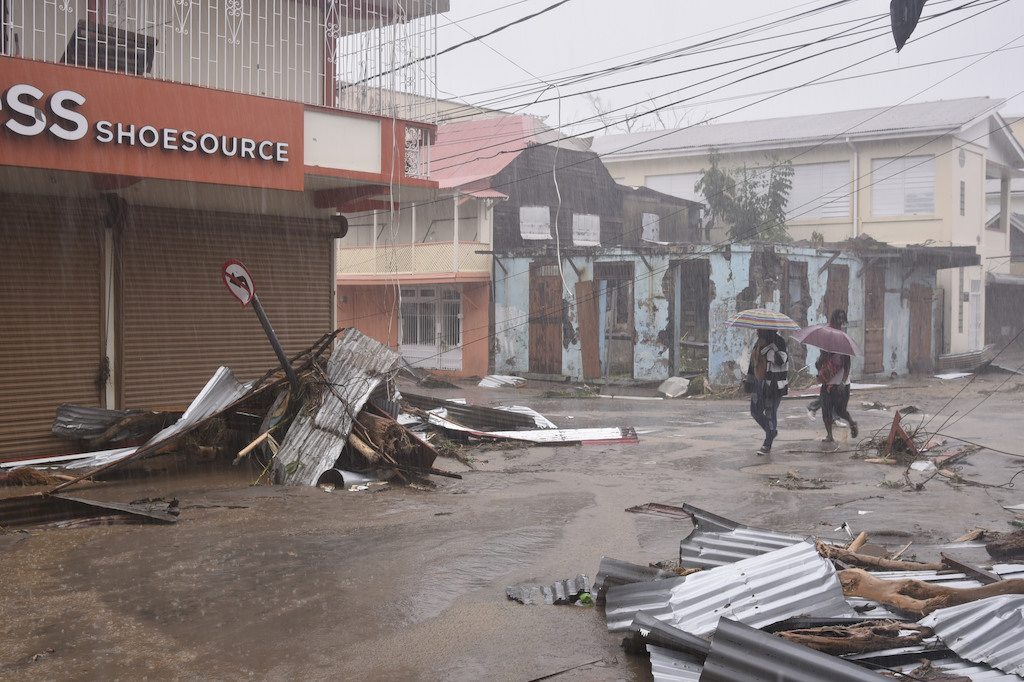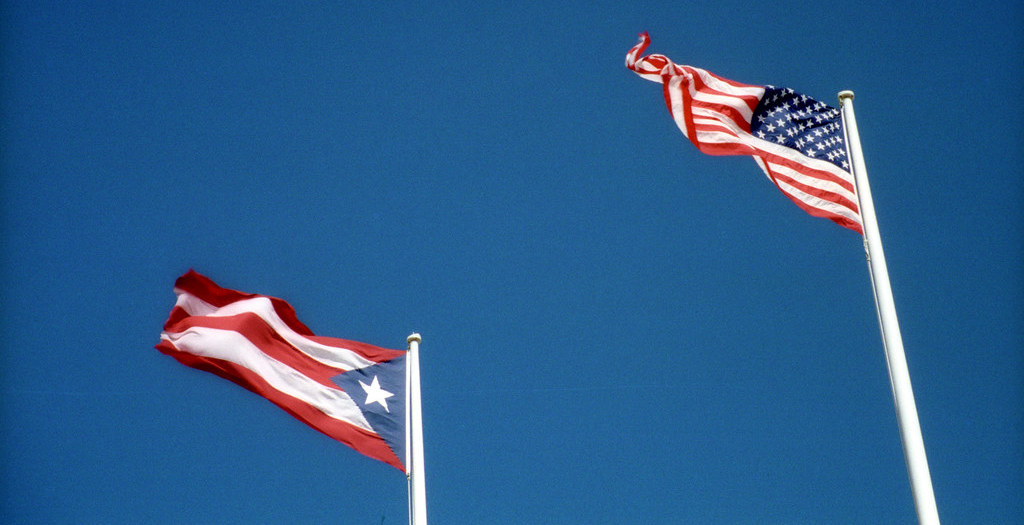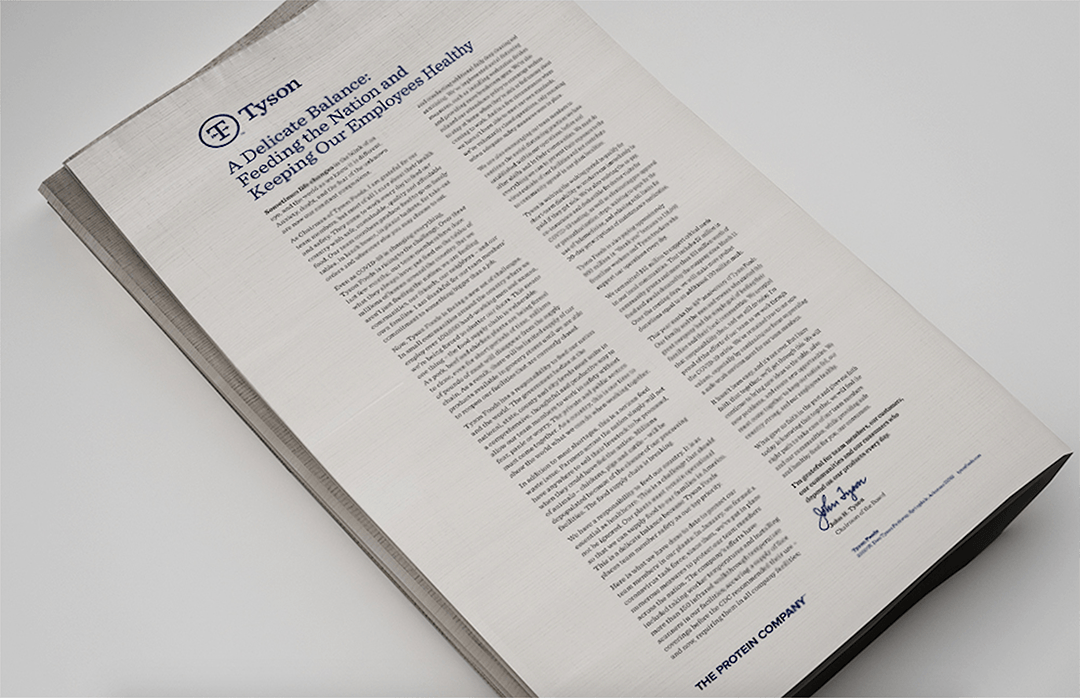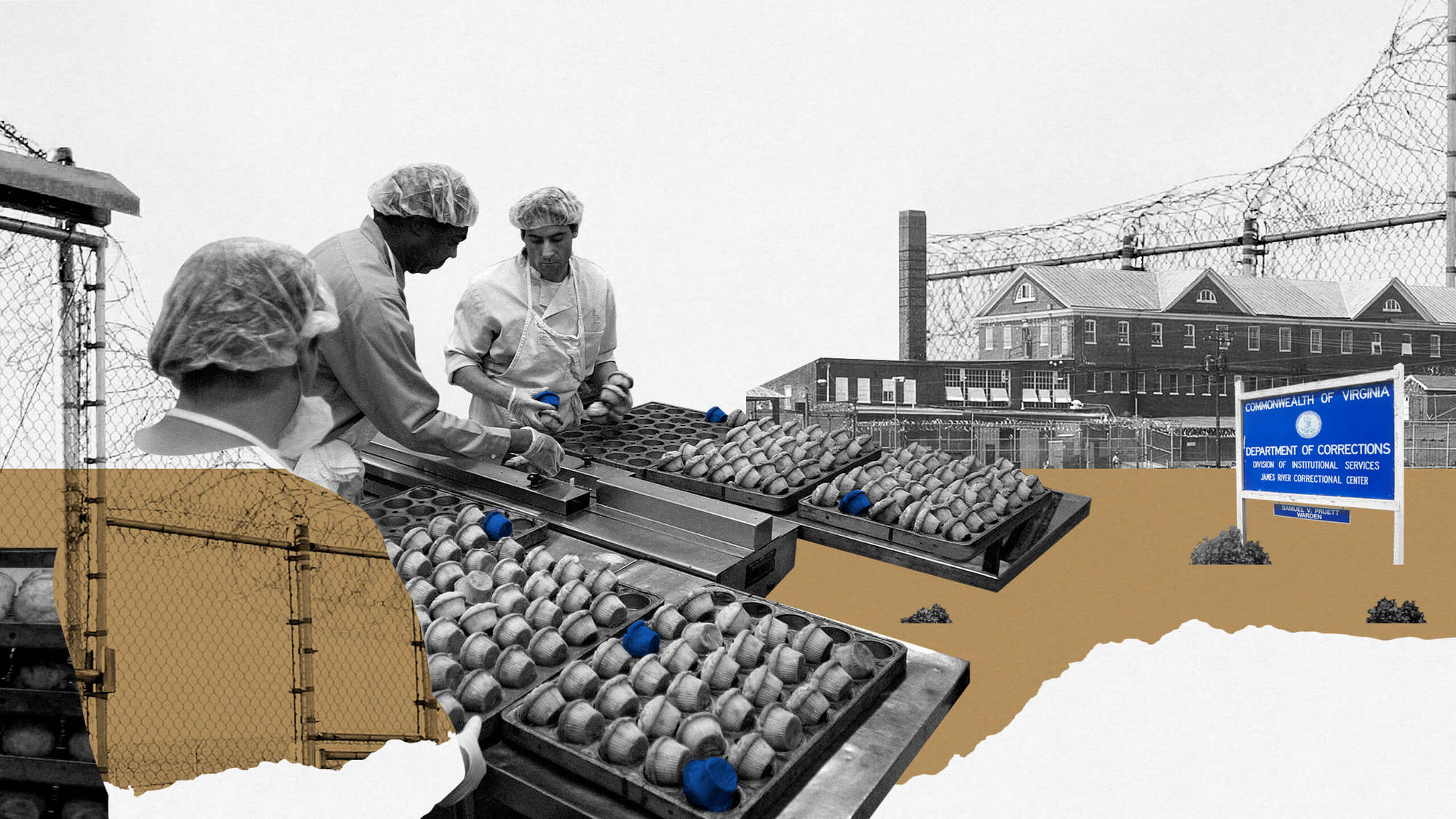How the U.S. informs Puerto Rico’s food supply
In a tropical climate with a year-round growing season friendly to farmers, Puerto Rico imports more than 80 percent of its food. Why? In an opinion piece for The New York Times, Israel Meléndez Ayala and Alicia Kennedy argue that protectionist policies exported from the U.S. mainland have transformed the island into “an economic model of consumption.” Cheaper products of inferior quality are imported and stocked on grocery store shelves while local companies are priced out of the competition, giving mainland businesses the ability to set pricing. Agriculture, which once employed more than 45 percent of Puerto Ricans in 1940, accounted for less than 2 percent of the workforce in 2019. Natural disasters, economic downturns, and financial mismanagement have had a market effect on the island’s productivity. But U.S. policies like the Jones Act, which mandates U.S. vessels ship goods in the nation’s waters, and Operation Bootstrap, a pro-industrial development program that started in the 1950s, have wreaked havoc on local agriculture. Advocates say Puerto Rican farmers need government support by increasing access to state-run farmers’ markets, less reliance on expensive imported goods, and invalidating Jones Act provisions that prevent the island from importing and exporting goods at competitive prices.
